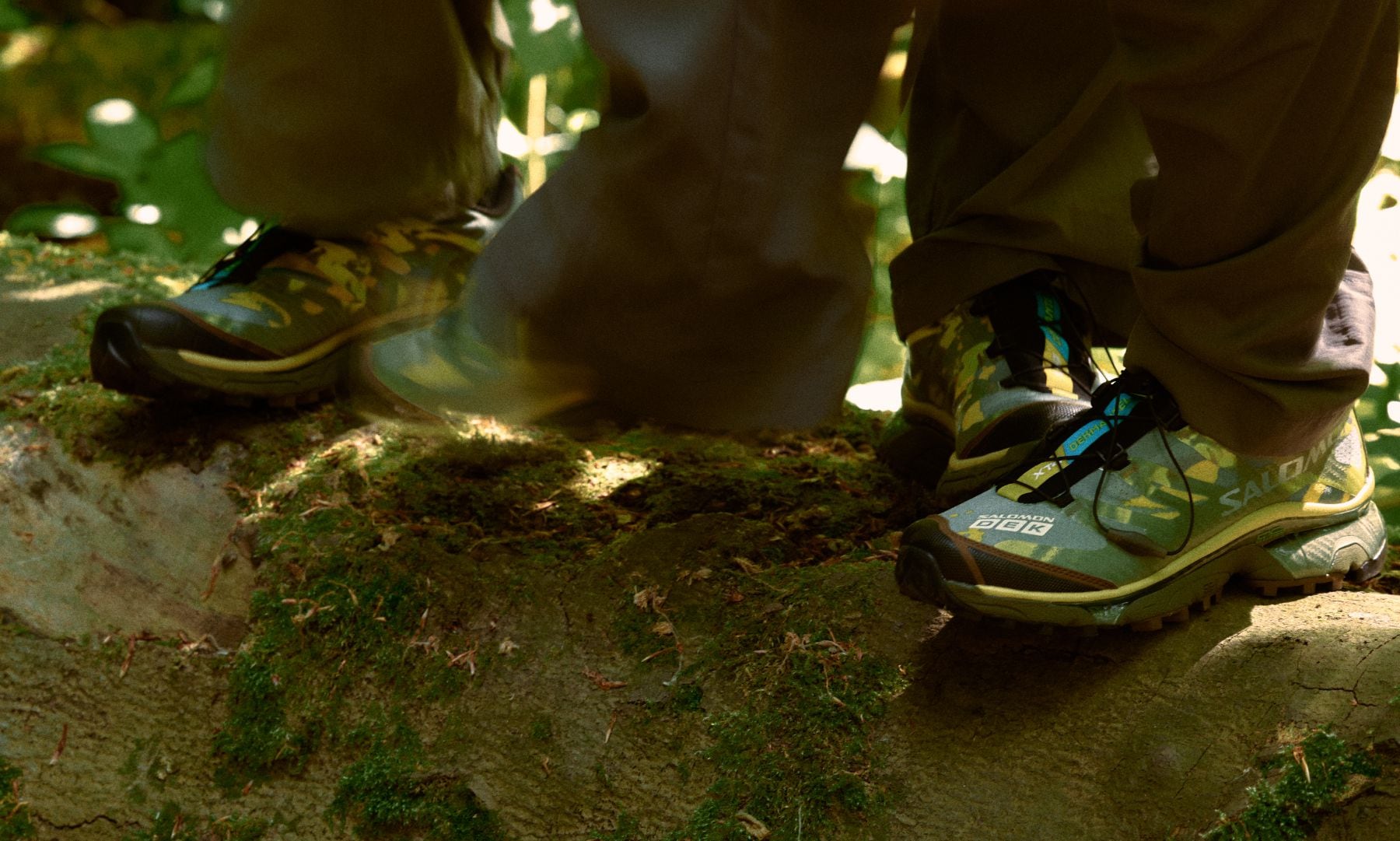
Amer Sports’ much-hyped US IPO — the fashion industry’s largest listing since Birkenstock in October — got off to a disappointing start before shares even began trading Thursday.
The sportswear group, which owns brands such as Salomon, Arc’teryx and sports-equipment company Wilson, sold 105 million shares at $13 each to institutional investors on Wednesday, raising $1.6 billion at a valuation of $6.3 billion.
The IPO’s pricing came in well below the expected range of $16 to $18 per share, which would have valued the company around $8 billion at the lower end. (Still, the valuation came in above the $5.2 billion paid for the company in 2019 by a consortium led by Anta Sports — China’s largest sportswear company — that also included Tencent, private-equity firm Fountain Vest Partners and Lululemon founder Chip Wilson.)
The company’s stock began trading at $13.40 per share, rising as much as 5 percent in early trading before closing back at its initial price.
The company has been on an extended growth streak since 2020, buoyed by the transformation of its three largest brands from sports equipment specialists into full-fledged fashion brands, as well as benefitting from a post-pandemic surge in activities like trail running and hiking.
But investor concern around Amer’s reliance on China sales, a lack of profits and a $2.1 billion pile of debt on the company’s balance sheet — along with prevailing macroeconomic uncertainty — all served to soften demand for the hotly anticipated listing.
The pricing of the company’s shares well below their expected level, and the flat performance on the first day of trading, will have done little to dispel investor concerns surrounding the challenging market.
“Investors are expecting the market to remain very volatile in the first half of 2024 … so that’s a very difficult time to be coming in with a strong IPO as a retail company,” said Jessica Ramirez, senior research analyst at Jane Hali & Associates.
What Spooked Investors?
Amer Sports’ leadership was not deterred by the company’s debut. Stuart Haselden, Arc’teryx chief executive and Amer Sports executive board member, told The Business of Fashion he was pleased to see the stock above its IPO price.
“The IPO helps us to achieve an important milestone and sets us up nicely for the future,” he said.
The tepid reaction to the company’s debut was less a reflection of Amer Sports as much as market conditions on the whole, similar to the environment in which Birkenstock’s underwhelming IPO occurred, said Ramirez.
Some factors, however, were specific to Amer Sports. In a January filing, the company revealed a net loss of $115.6 million for the nine months ended Sept. 30, up 10.7 percent from the same period the year before. The filing also showed the company had $2.1 billion in outstanding debt.
Earlier this week, investors also expressed concerns about Amer’s growing reliance on China.
Is Amer’s China Strength a Blessing or Curse?
Despite the company benefitting from fast-growing sales in the region, some potential investors expressed concerns about Amer’s growth prospects being tied to those of the Chinese economy, Reuters reported this week. A looming property crisis and rising unemployment have prompted investors to reduce exposure to the Chinese market.
It’s partly to blame for the IPO’s weaker-than-expected pricing, analysts say.
“China has traditionally been a market where companies go to grow,” Ramirez said. “The volatility in the China economy understandably makes investors that little bit more concerned.”
Amer’s revenue in the region surged 67.6 percent in the nine months through September 2023 compared to the previous year, reaching $593 million and accounting for nearly 20 percent of total revenues. At Arc’teryx, 43 percent of sales came from China.
There still remains a considerable growth opportunity for Amer as young Chinese consumers embrace outdoor sports like skiing, snowboarding and hiking, Ramirez added. Among the other winter sports brands in the company’s portfolio are Swedish outerwear label Peak Performance and ski equipment specialists Atomic.
Amer Sports chief executive James Zheng told BoF he expects China to account for between 22 percent to 25 percent of the company’s revenue in the near future, but stressed that North America remains Amer’s largest market, making up around 40 percent of sales.
“We see great opportunities to grow the business, especially through Arc’teryx and Salomon, in both North America and Europe,” he said.
What Next for Amer Sports?
When the Anta-led consortium acquired Amer in 2019, it set out to turn Salomon, Arc’teryx and Wilson each into billion-dollar businesses. Their continued scaling is still set to fuel the next phase of the company’s growth.
Salomon, boosted by the breakout success of its Sportstyle category and trail-inspired XT-6 sneaker, surpassed $1 billion in sales in 2022. Arc’teryx and Wilson are not far behind.
All three brands have benefitted from significant overhauls since 2019, when Amer’s new ownership began its direct-to-consumer transformation. It ushered in sweeping leadership changes, opened brand-owned stores, pulled out of retailers and elevated the fashion offerings of each business. It also radically shifted the composition of each brand to increase sales of soft goods — items like apparel and footwear — compared to sports equipment, taking advantage of fashion’s obsession with outdoors-inspired and technical clothing.
Today, apparel and footwear already account for 60 percent of Amer’s sales. In 2020, they were just 35 percent, with sports equipment such as skis, tennis rackets and basketballs making up the rest.
“Down the road we will continue to [quickly] accelerate our retail store penetration across the world … and we will continue to strengthen our soft-goods business,” Zheng said. “These are the two major growth areas we want to take on.”



